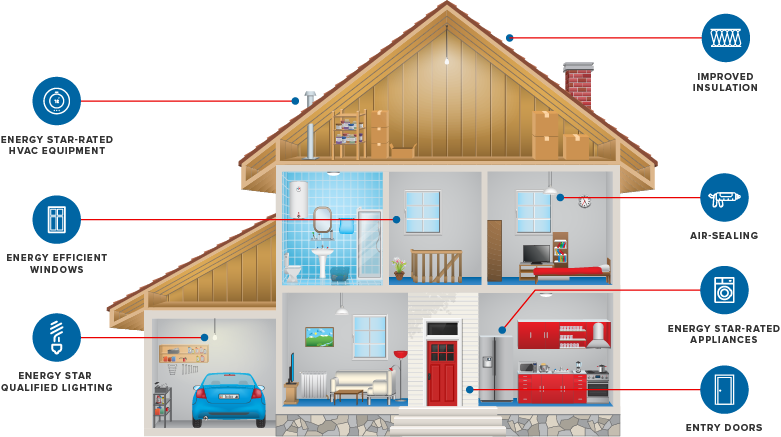TODAY'S OFFERS
USE PROMO CODE WHEN SCHEDULING YOUR FREE QUOTE
Customer Appreciation Savings
$1,000 OFF*
Save an extra $1,000 on your home project on top of our national offer
(*Extra $1,000 off is on top of national offers. $10,000 project minimum prior to discounting required.)
CODE: EXTRA1000
$250 OFF
Save an additional $250 on your window order on top of our national offer
CODE: win250
$1000 OFF
Save $1,000 on your new sunroom on top of our national offer
CODE: sun1000
No Code Necessary
